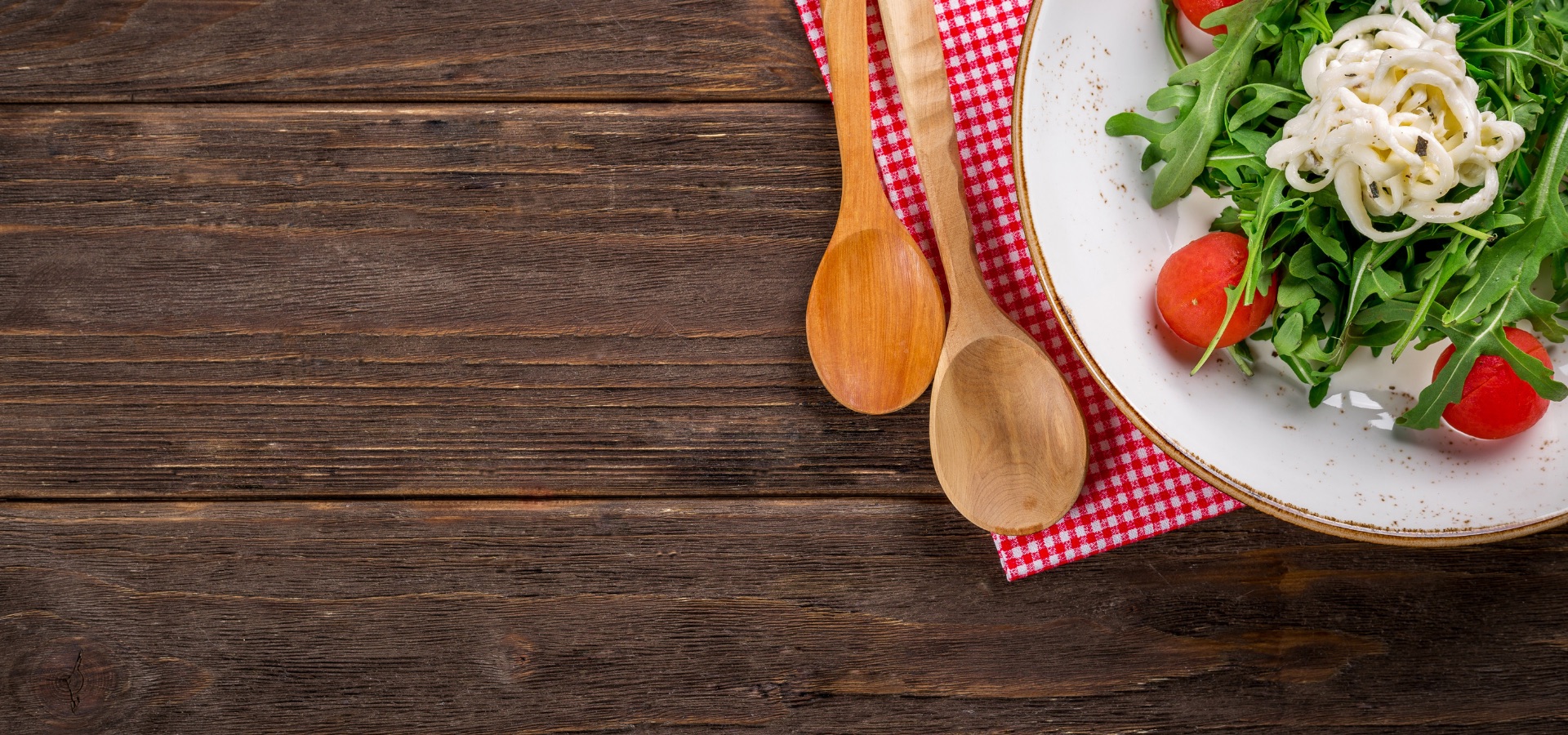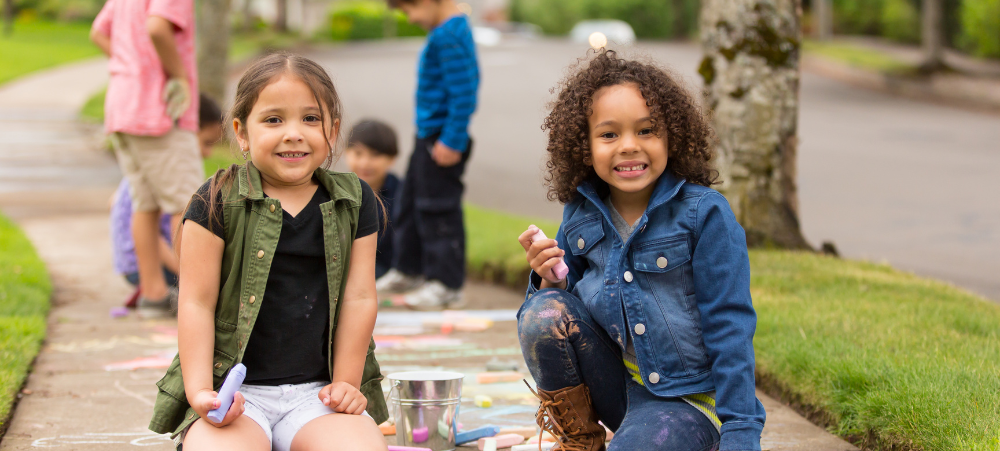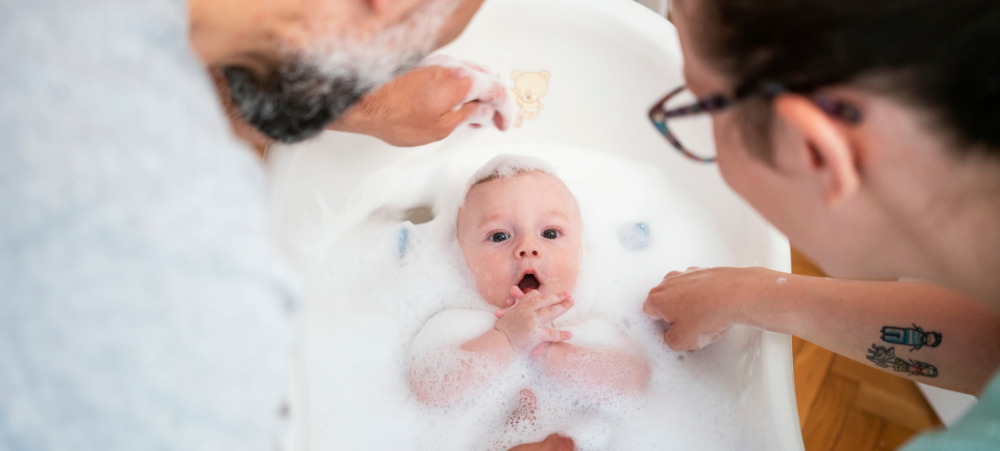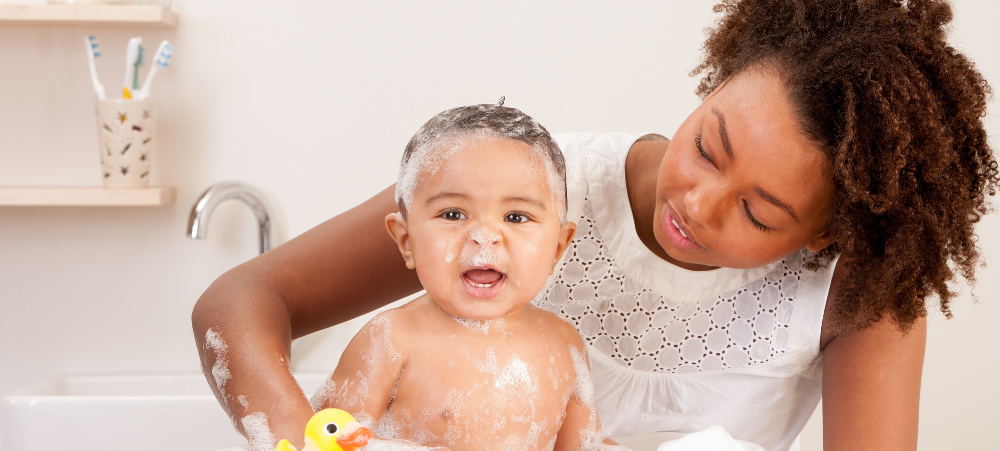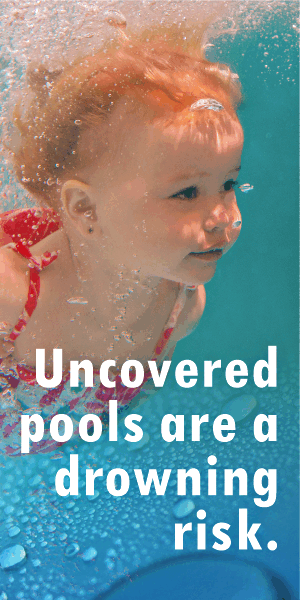
The What-We-Need-To-Breeze-Through-2019 for Busy Parents
You’re a parent. Got any spare time? No? We didn’t think so. Since we know you’re so busy with kids, school homework, school activities, feeding the family, work, home choewa, traffic, playdates and who knows what else, we decided to create a checklist of the tasks we think are most important for you to tackle at the beginning of the year. Let’s get straight to it: Life insurance Estate planning Preparing for end of tax season Start saving Make resolutions you’ll want to keep Holiday shopping for 2019 Life insurance The only sure things in life are: death, taxes and spaghetti sauce all over your son’s brand new white school shirt. All inevitable. And that’s why you need to prepare (for the first two, anyway). First and foremost, consider life insurance, either term or permanent. If you decide that term life insurance is a good fit for you, know that applying for coverage is simple and affordable, and it’s easier than ever to apply for coverage online. There’s really no time like the present.You can even try it out at Hero Life as we’ve designed term cover specifically for busy parents. Think about it. The holidays are over, but you can still provide a loving gift to the people who matter to you the most. What better gift to your family than a safety net that will help your family financially if something were to happen to you? Remember, you won’t be there to take care of them, but your legacy will change their lives fort the better. If you’ve done your parental duty and taken care of this already, great! Now’s a good time to check in and make sure your your policy details are up to date, and that the policy is easily located in case you need it. It’s also not a bad idea to check if your cover is enough. You can use the Hero Life tool available here for a quick check. Remember, there are lots of reasons why you need to update your cover amount over time — maybe you had another baby or your partner stopped working. It’s a good time to make sure all your affairs are in order. Speaking of… Estate planning If you haven’t written a will yet, make it your goal to get that done in 2019, both to ensure your end-of-life plans are executed according to your wishes and to potentially help your beneficiaries avoid a tax hit in the event something happens to you (translation: in case you die before you plan to). We have simple online solution that costs you nothing (really!) and you can try it out here. If you do have a will, check in and make sure everything is up to date and as per your wishes, and that your important paperwork is somewhere accessible to you and anyone else who might need it. Preparing for end of tax season In South Africa, tax season closes on the 28th of February every year and there are a few things you can do to ensure you have maximised on some tax incentives granted to you by the Taxman. If you are unsure, this is the time of year to schedule an appointment with your tax advisor. You have a window of time right now when you can contribute a maximum of R33 000 to a Tax-Free Savings account if you haven’t done so already. If you also haven’t maximised on the tax breaks by contributing to a retirement annuity, you have until the end of February 2019 to put some extra money away which could reduce that tax bill substantially. Don’t have a tax advisor and don’t know where to start? Try out TaxTim as they have a good source of some of the most frequently asked questions. Start saving There are really only two important things to remember when it comes to saving for a goal: don’t save what is left after spending but rather spend what is left after saving AND start saving now as compound interest is truly the 8th wonder of the world. It doesn’t matter what your goal is, whether it is to save up for a deposit on a new home or for your children’s university fund, there is no better time than now. Most people feel defeated before they even start as sometimes it just seems unattainable, but even if you start with only a small amount, JUST START. And if you need a bit of help, check this out. Make resolutions you’ll want to keep Look, we all know the reasons to get (or stay) healthy: You’ll live longer, live better, and you might even save money on your life insurance policy with some insurers. If you’re looking for specific things you can do right away as we begin 2019, consider these: – Go for a medical check-up – Quit smoking (again!) – Walk at least 30 minutes a day instead of watching Netflix – Reduce your alcohol intake – Make meals at home Start with small incremental goals and work your way up. Each of these will have an outsized impact on your health and happiness. Check in on your casa Houses and apartments, like the people who live in them, age. Some more gracefully than others. This is a good time of year to check in on things like air filters and smoke alarms. Consider setting seasonal calendar reminders in a shared calendar that you and your spouse have access to. Holiday shopping for 2019 Sorry. Too soon? 😉 Hero Life is a company that offers a free online Will, helps you to start saving for your kids’ education, and offers life insurance, designed specifically for young parents. Hero Life is an MMI Group initiative, and underwritten by Guardrisk Life Limited (Reg no 1999/013922/06), an authorised Financial Services Provider (FSP license number 76). This material has been prepared for informational purposes only and is not intended to provide financial advice. Visit herolife.co.za for









